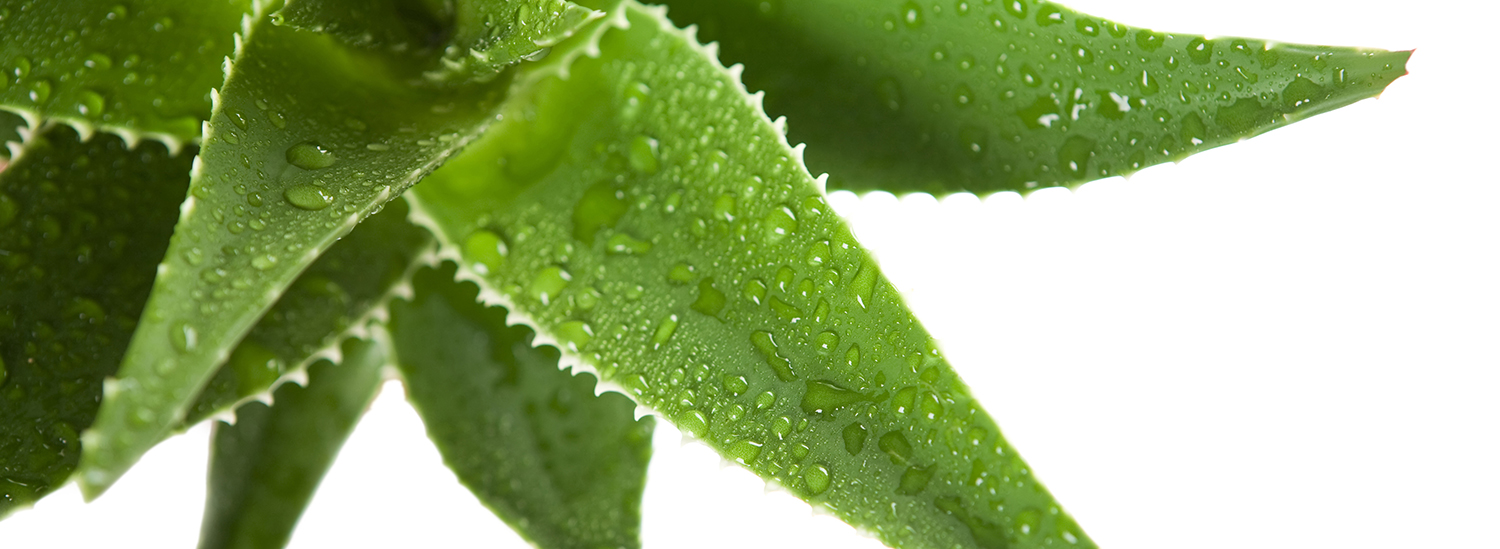Often when we think of pollution, we think of the outdoors, but indoor air can become just as contaminated. From the carpet to your furniture and household cleaning products, toxic chemicals and contaminants are infiltrating your home’s air. Replacing the source of these contaminants and leaving the windows open are a good start, but aren’t always realistic, depending on your budget or the season. It’s been proven over and over that household plants have qualities that can purify the air and detoxify your home. What are these miracle plants? The list may surprise you!
Aloe Vera — Aloe has more uses than just treating a bad sunburn. With its ability to absorb toxic chemicals from common cleaning products, it purifies and serves as an early warning system for homeowners. When the chemical makeup of the air becomes too high, this sensitive plant will develop telltale brown spots.
Peace Lily — This plant is not only pleasing to the eye—peace lilies have the ability to absorb contaminants such as formaldehyde, trichloroethylene, benzene, and xylene, which are found in carpeting, plastics, adhesives, paints, and more. If you decide on a peace lily for your home, though, make sure you keep it out of your pet’s reach. These beauties are poisonous to our furry friends.
Ficus Tree — This common household plant is an appealing addition to offices and homes due to its striking, elegant appearance. And like the peace lily, it’s also great at removing common toxins, such as formaldehyde, from the air. They can be a little finicky to care for, but the results are worth it!
Florist’s Daisy — These lovely little plants—also known as florist’s Chrysanthemum—have become even more popular in recent years, in part because they scored so highly in NASA’s Clean Air Study. In addition to their bright, pleasing looks, they have the ability to remove half a dozen contaminants from the air in your home!
Snake Plant — Don’t let the name fool you, this is a beautiful plant for indoor decoration and it offers an extensive amount of protection against contaminants in your home. It’s great for the bedroom, as it produces oxygen during the night and, for those of you with a less-than-green thumb…it’s one of hardest plants to kill.
A beautiful houseplant can really pull a room together. Isn’t it nice to know it can also help protect you from harm? Bring the outdoors in for a cleaner, healthier home!
